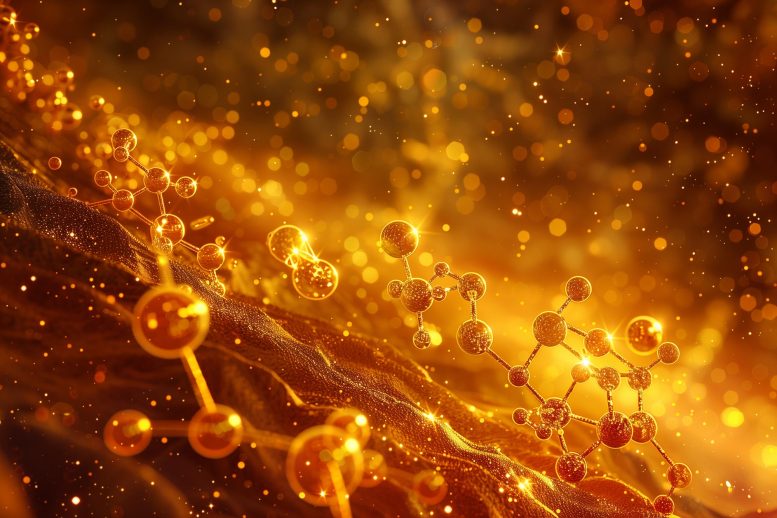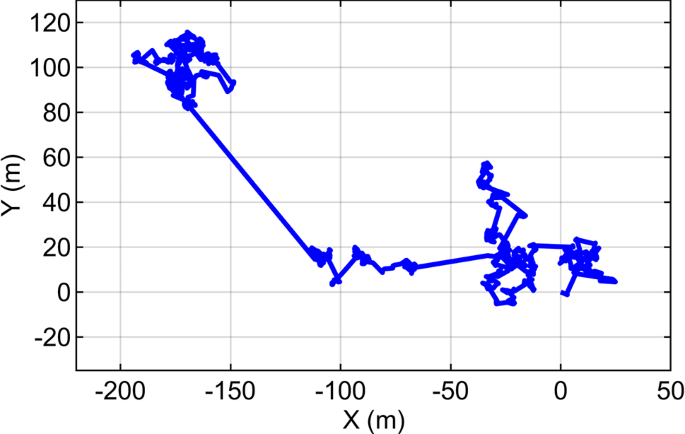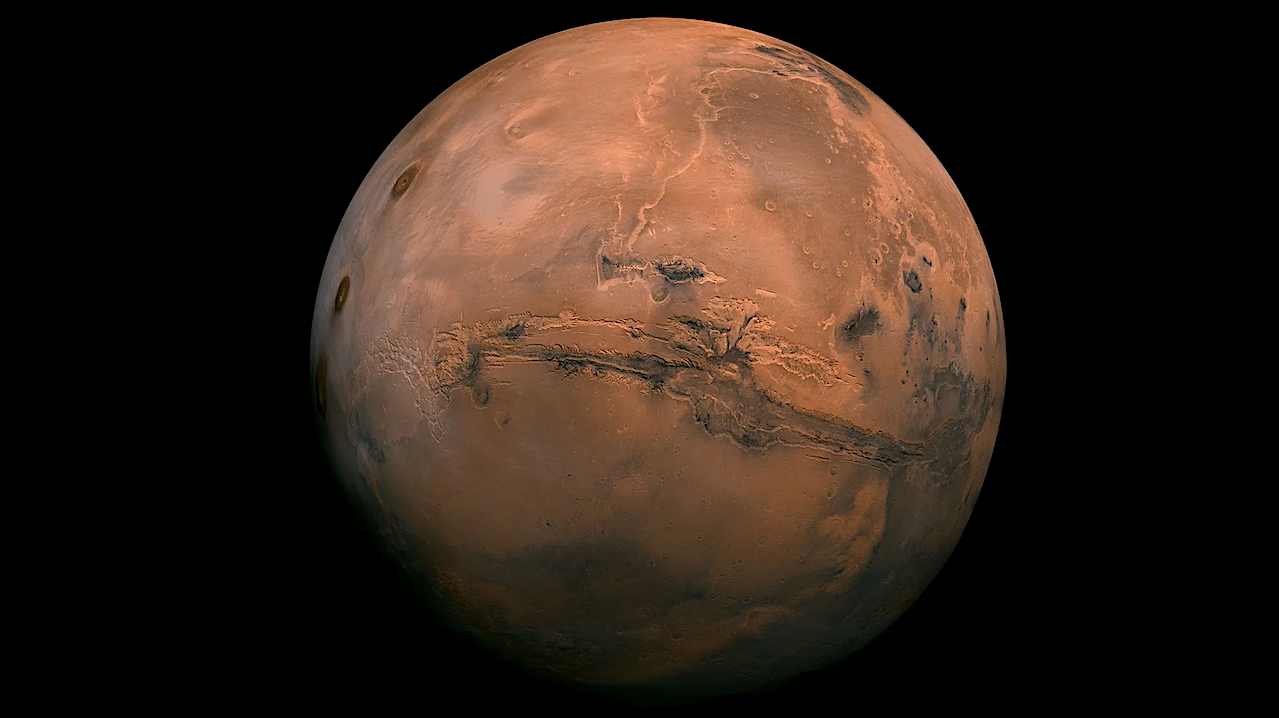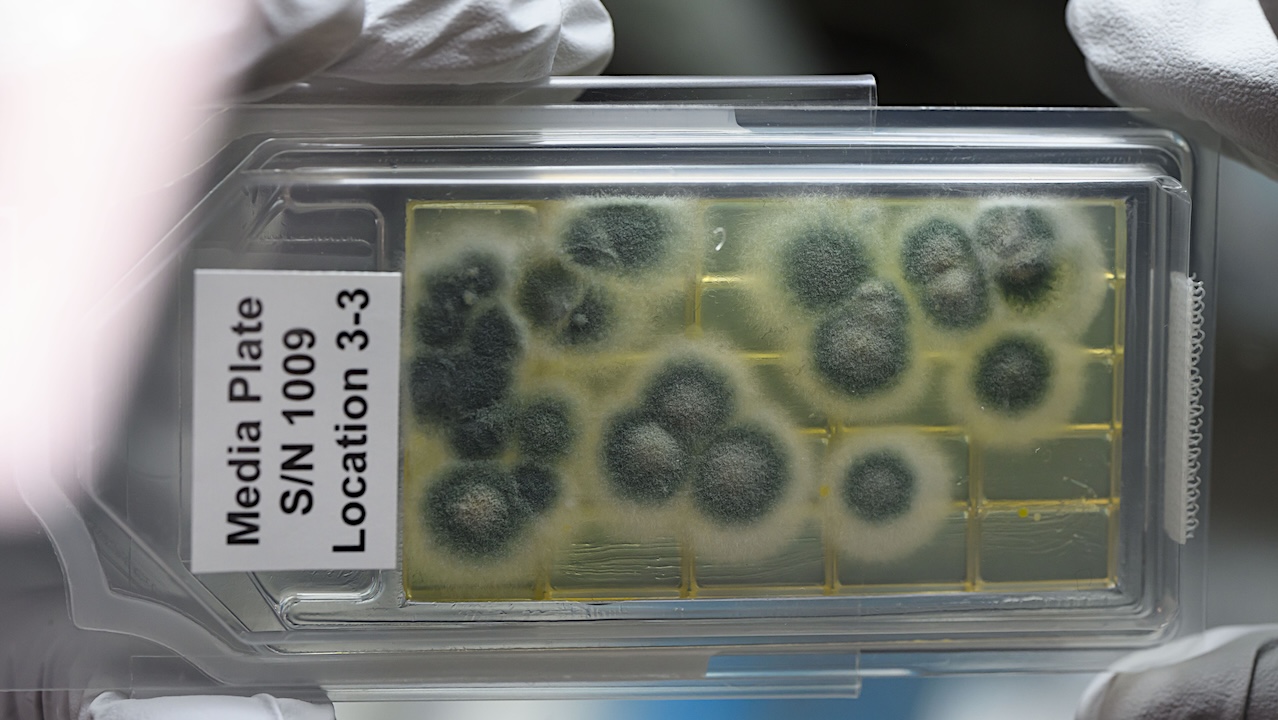In this section, we first analyzed the necessity of the algorithm and the effectiveness of the optimization strategy, and then verified the performance of the proposed method for SCB prediction. The experiments were conducted with precise SCB…
Category: 2. Space
-
Extinction Distributions in Nearby Star-resolved Galaxies. I. M31
An extinction distribution of the Andromeda galaxy (M31) is constructed with member stars as tracers by fitting multiband photometric data from UKIRT/WFCAM, Panoramic Survey Telescope and Rapid Response System 1, and Gaia DR3. The resulting…
Continue Reading
-
What if we Find Nothing? Bayesian Analysis of the Statistical Information of Null Results in Future Exoplanet Habitability and Biosignature Surveys
Future telescopes will survey temperate, terrestrial exoplanets to estimate the frequency of habitable (ηHab) or inhabited (ηLife) planets. This study aims to determine the minimum number of planets (N) required to draw statistically…
Continue Reading
-
Large-scale Wind-driven Structures in the Orion Nebula
A study of [C ii] 158 μm and H i 21 cm spectroscopic images plus high-velocity-resolution optical and ultraviolet spectra has shown the structure of the Orion Nebula to be different from that found from the study of those data separately. The [C…
Continue Reading
-
JWST COMPASS: NIRSpec/G395H Transmission Observations of TOI-776 c, a 2 R ⊕ M Dwarf Planet
The atmospheres of planets between the size of Earth and Neptune at short orbital periods have been under intense scrutiny. Of the approximately dozen planets in this regime with atmospheres studied so far, a few appear to have prominent…
Continue Reading
-
Identification of Possible Stellar Companions via Speckle Interferometry in a Sample of Be Stars II
This study investigates the identification of possible stellar companions in a sample of Be stars using speckle interferometry. Be stars, which are rapidly rotating B-type stars exhibiting emission lines due to the presence of circumstellar…
Continue Reading
-

Scientists Just Found 3.7 Billion-Year-Old Organic Chains on Mars That May Point to Life
A stunning discovery on Mars has revealed the longest organic molecules ever found on the planet—carbon chains that could resemble building blocks of life as we know it. Preserved for billions of years in ancient Martian clay, these molecules…
Continue Reading



